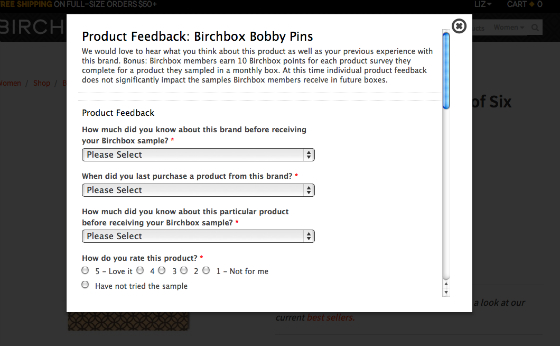
Quickly scrolling through the top results, I glanced at the overall rating and selected those surpassing a four star rating, as well as those below a three star rating to learn what to look out for. And of course, I scrolled through some of the pictures (who doesn’t want a preview of what to expect?). Once I found a restaurant with a good rating and some great written reviews, I made my selection and headed there to enjoy some delicious seafood!
I’m sure all of you have had similar experiences using ratings and reviews to help guide your decisions and make purchases—sometimes in only a few minutes. This blog will explore the value that reviews provide to marketers and a few ways to get started.
Reviews help us make informed decisions
How do you decide where to get your dry cleaning done? Or where to stay and eat when you go on vacation? What about when you’re evaluating which marketing automation software to choose? Word-of-mouth influences a large part of our decision-making, and nowadays word-of-mouth has extended beyond our immediate circle of friends. Today, we have peer review sites like Yelp, Angie’s List, and TripAdvisor that help us make more informed decisions based off the available information of other people’s experiences.
According to SiriusDecisions, 67% of the buyer’s journey is done digitally, and reviews account for a large piece of that pie. Reviews drive new business to both B2B and consumer businesses and help marketers build a strong online brand to attract prospective buyers and improve customer experience for existing customers. While the importance of reviews is pretty clear, the question remains: how do you start and maintain a review program for your business?
Cash in with a loyalty program
Loyalty programs are a great way to build your online brand, driving customers and partners to submit their experiences with your product or service by rewarding them with incentives. Your brand benefits from these reviews because it provides social proof to prospective customers evaluating you during their buying process.
Birchbox is a great example of a company with a successful loyalty program. Birchbox drives reviews using a point system, which has monetary value. For each shipment, you received a box with samples of five different products; then, Birchbox prompts you to write a review for each product. Once you write a review, you earn points that you can redeem in their store for full-sized products.
At Marketo, we also find loyalty programs to be extremely valuable. We reward our customers and partners with various incentives through our program Purple Select and other campaigns when they submit feedback about our product on sites such as G2Crowd, TrustRadius, and Software Advice (to name a few). In the past, some of our successful campaigns have included offering a Marketo hoodie to anyone that completed a review and motivating employees to encourage the customers they have relationships with to submit a review.
Listen to customer feedback
Reviews not only help build brand presence, but they also give you valuable feedback on your product, support, services, and overall customer experience. No matter the size of your company or who you sell to, it’s important to understand and respond, both externally and internally, to online comments surrounding your company. Positive reviews are a great way to reinforce your initiatives and understand what your customers and partners like about you, but there is value in negative reviews as well. Negative reviews show customers that these opinions are authentic, and you can cushion the negativity and protect your reputation by being pro-active and responding to not-so-positive posts. We have found that directly addressing the situation and offering a solution goes a long way.
You’ll also want to relay customer feedback to the appropriate people within the company. If you receive negative feedback regarding products or services, send it to the appropriate teams so they can evaluate whether they need to make a change. And if it is from a known reviewer, make sure to keep the customer’s account owner in the loop. This opens up the door to begin conversations with unhappy customers and understand where you may have gaps and areas for improvement.
How to get started
Leverage existing review sites: Implementing a review program starts with being proactive with what is already being said online. There could already be review sites available that are collecting reviews about your company. So, the first step is to find them and start directing your happy customers to provide their feedback and experiences on those sites.
Create your company profile: For consumer marketers, you can start small by managing a Yelp page or Facebook page and driving your top customers to post a review for your company. Or, if you’re company sells to other businesses, you can manage your company’s profile review sites such as G2Crowd, TrustRadius, and Software Advice. There are many ways to drive people to complete an action on your profile. You can add a header or footer in your email communications already going out to your customer base with a ‘write a review’ call-to-action—you’ll be surprised at the level of participation. Or set up a booth at a physical event your company is attending and asking for a quick rating. In some cases, you may want to offer reviewers something in return for their time, possibly by giving them a free appetizer next time they come into your restaurant or increased functionality within your product. These are just a few takeaways you can implement today but the possibilities are endless.
Review programs are a win-win for all. They give your prospective customers advice and education about you and your products, customers have an outlet to voice their opinions, your company has the social proof it needs to win more customers and constructive feedback so it can keep improving. Set up a review program today and watch the feedback (and new customers) start flowing in.
Here’s to your five star review program! Good luck! Do you have any other tips on creating and maintaining a review program? Please share them in the comments below!

